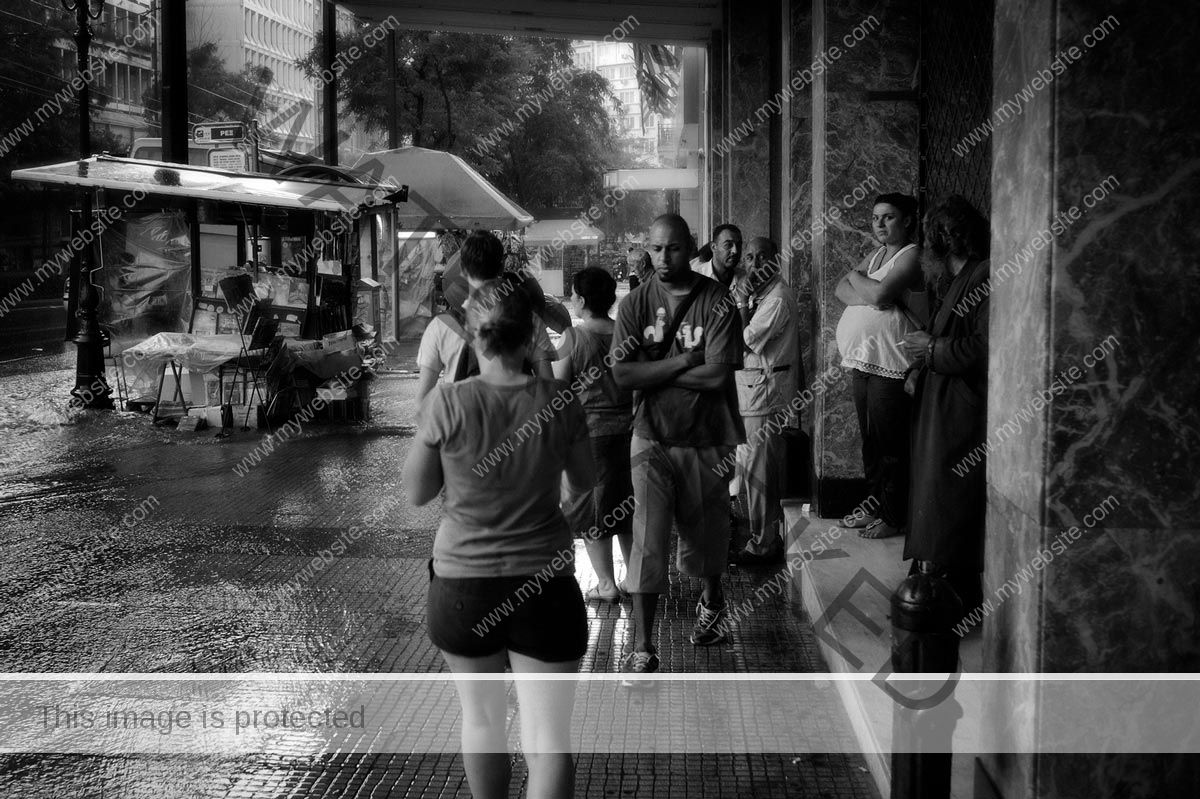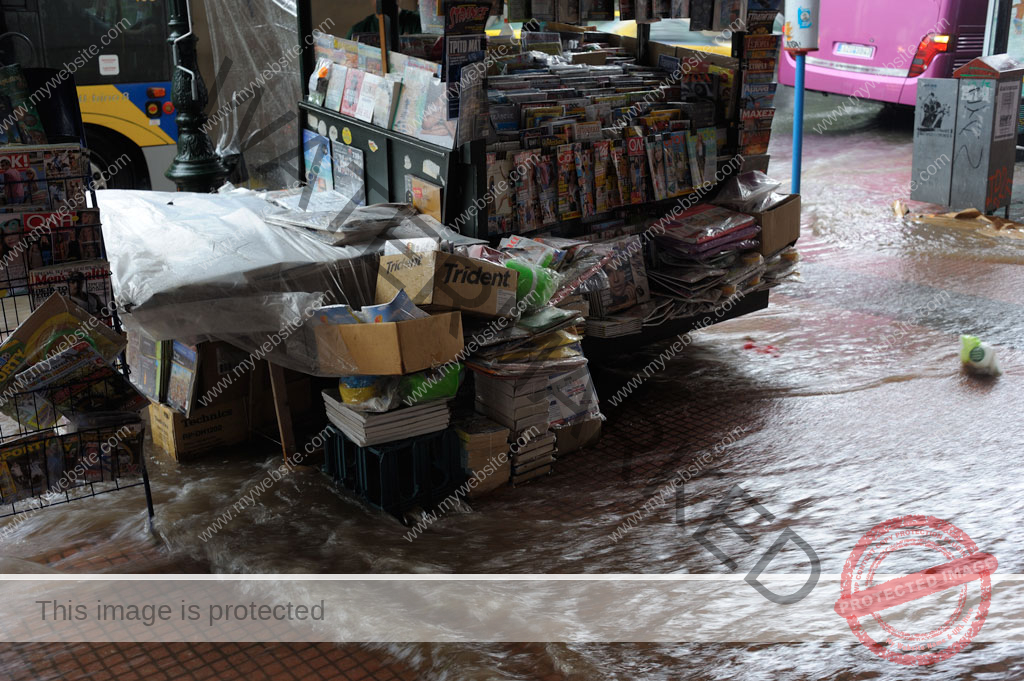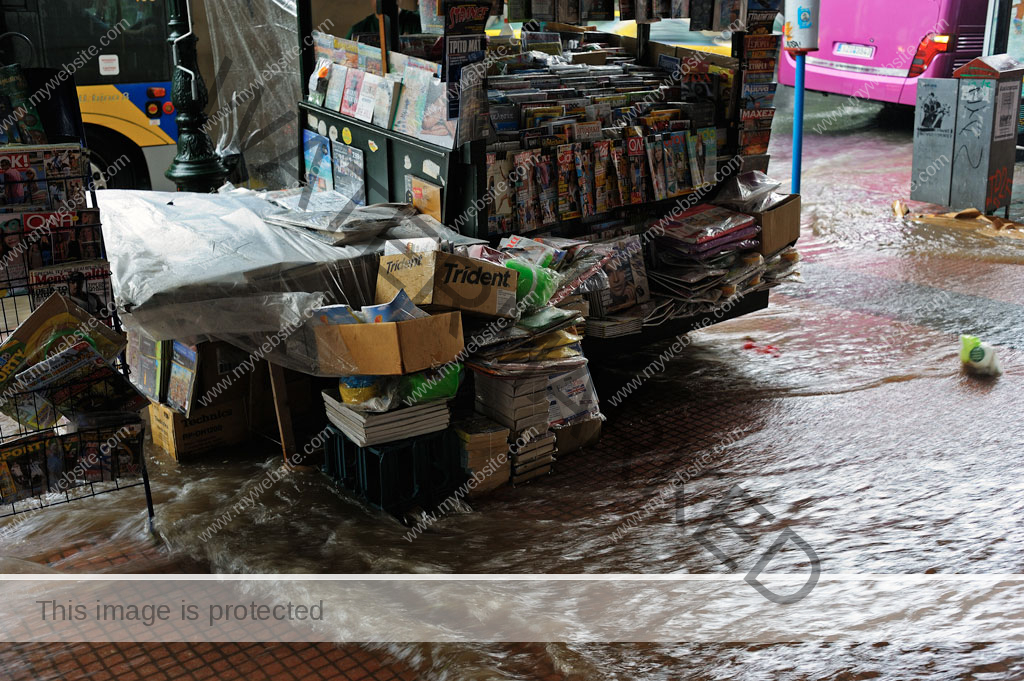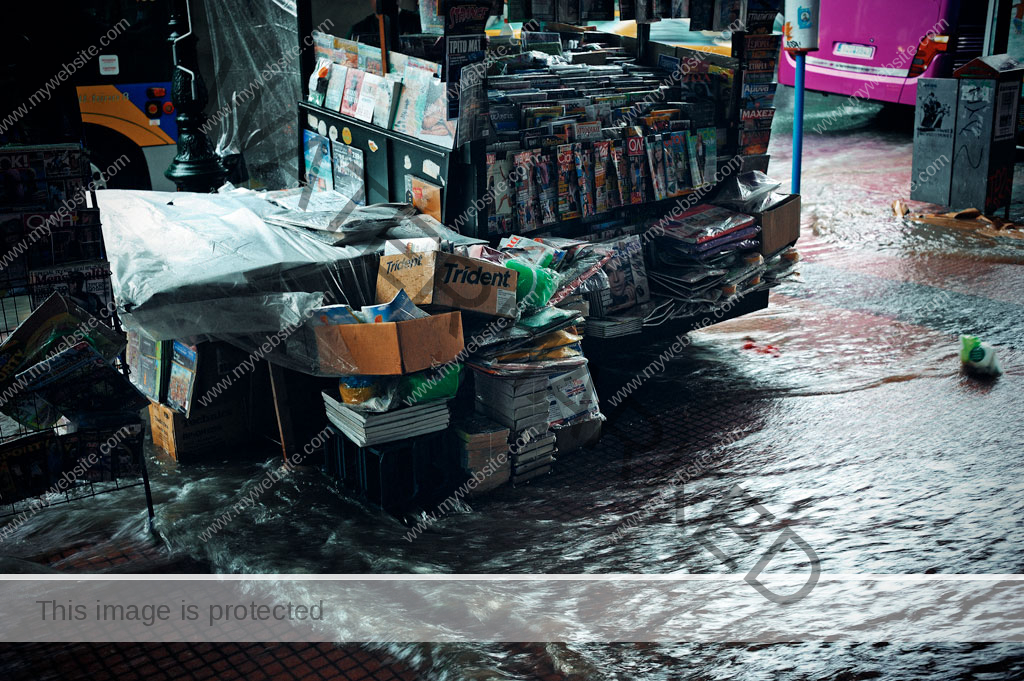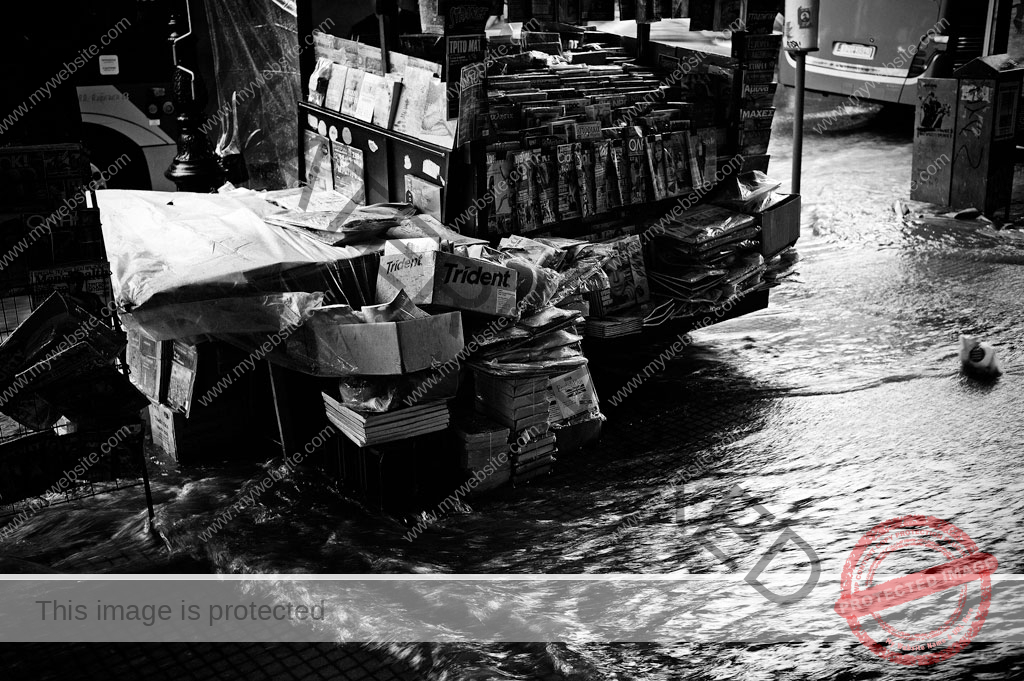Truth In Photography
In a previous post I vaguely outlined what might lightly be called a philosophical background to my photographic methodology, or thinking (approach?). I’d just like to slightly expand that from the point of view of a practising photographer under constant evolutionary processes.
I have discussed in various other writing the very contemporary obsession in certain segments of the internet and perhaps the press with the phenomenon known as “Photoshopping“; a stupid term if ever there was one invented. It has come to mean faking or lying through the manipulation of images. I would like to state right here and now that I consider the whole argument utterly risible. The majority of the folk that have got a head of steam on about the subject and are constantly badgering the internet about it are entirely pious about it, in some cases hysterical to the most extreme.
They seem to think that they have found their vocation in lambasting the photographers, especially of the commercial persuasion with accusations of anything from sexism to the most heinous of duplicity and falsification. They attack daily any image they deem to be “Photoshopped” as a sin against humanity in general and women specifically.
The argument against the whole thing springs strictly from a lack of understanding of the technical requirements of photography and more specifically about what the art of capturing the world in a representational visual medium are all about. Firstly they seem to come at it from the point of view that manipulating images is some new fangled devil’s spawn of the digital age, and that these technological interventions are inherently evil and need to be dragged into a court of public opinion and pilloried for their crimes against humanity and especially woman kind.
Secondly that by “Photoshopping” an image one is immediately falsifying the real world. The argument immediately blocks the creative process because it removes the intentions and rights of the photographer for presenting their image of the world in any way they see fit. Criticism of any work of art should, in my opinion, be based on the work presented.
The images above were manipulated to enhance the atmosphere of the scene during a torrential rain storm that flooded the centre of Athens. More examples below.
Yes everyone has the right to say “I don’t like this image” but to attack the artist for how they achieved the image is a little like saying they have no right to show the world in their own personal view point. And that to me smells terribly of censorship. Why should a “selfie” shot with no photographic merit whatever be suddenly elevated by these people as an image of comparable, let alone superior, quality to the work of a visual artist who has spent years honing their eye to the art of photography, for the apparently random reason that some politically correct self-appointed defender of humanity considers it their right to judge the work from an execution point of view? By all means say I hate this or that photograph, by all means indeed say I think that such and such a photographer creates unrealistic images of people and therefore makes me feel inadequate. But you can not dismiss the work by that standard, since if that is licit then we must also throw out the work of Rubens or David or Dali, claiming that they also set unrealistic standards of beauty and human perfection. As indeed every other painter, sculptor and visual artist in history.
In some sense their argument comes down more to education than to truth. It is not or should not be a huge mystery that artists of all kinds present the world in one way or another in a utopian manner. The job of any artist high or low is to present the world through a very personal take on reality and to make with it what they will. If they wish to present beauty, or ugliness, or horror, or joy, holiness, degradation or whatever possible combination of representation, it is their prerogative to do so. I think society has artists precisely for that reason, to mirror it in idealised ways in order to shed light on it by showing its possibilities and potentialities.
Of course there is the counter argument that would quite rightly say “Yes but these photographs are not the product of an artist’s imagination to illuminate alternate realities, these are created out of the demands of the commercial world that wishes to sell people impossible dreams with false promises and obfuscation”. Well quite, but then this is done in many varied and much more insidious ways on a constant basis. Network news for one. Constant streams of distortion, lies and omissions that create for the average person an image of a non-existent world with impunity. I think this is where the talking heads should be directing their wrath instead of length added to a thigh here, inches taken off waists there.
I think in a limited way it is a licit discussion from a sociological standpoint to explore the effects of idealised images of humanity in commercial representation, but this by no means should be seen as license for all and sundry to attack the very techniques of photography in the digital age. Their arguments mostly come across as nothing short of hysterical babbling of non-expert crusaders with a false cause to badger us further into watching our step at every turn.
Anyway I don’t want to bring this argument to the level of cattiness. What I wanted to discuss rather was my own approach, and dare I say belief in what the role of the photograph is. I am certain that it is not about whether all the spots are shown on the skin or not. Each practitioner searches for their truth through the photographs they take. The route taken to achieve that goal varies with each photographer, but I think even those who create total fantasies with their work are still looking for a way to present an alternative view, an alternative truth through their lens; and that is nothing short of the prerogative of art.
Which version of the photograph below speaks more eloquently about the nature of a flood in a city street?
And how much poorer would our visual culture be without the technological controls we have at our disposal?
As I think the two photographs above demonstrate though the original unprocessed image is perfectly acceptable, it is basically ordinary and not particularly demonstrative of the “feel” of being caught in the flooding rain.
I can’t help but feel that if I was prohibited from using the tools of photography to bring this image to where I want it, then I would never publicly display it, since I would not feel any close relationship with it’s message (if I may use an ugly and inadequate phrase).
Or indeed if I were restrained from making it black & white and high contrast for fear of accusations of Photoshopping. And this is the whole point at issue here.

